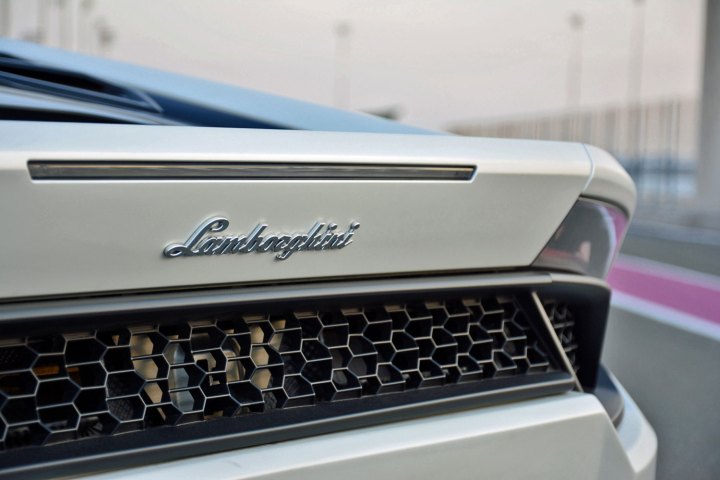
If the rumors are true, the model will adopt the name Vitola. It’s set to use an evolution of the battery-powered drivetrain that’s currently being designed in Stuttgart, Germany, for the production version of the Porsche Mission E concept. German magazine Autobild has learned through an anonymous source that the supercar will hit 60 mph from a stop in about 2.5 seconds — roughly a full second faster than the Mission E — and silently accelerate on to a top speed of 186 mph, but additional technical specifications aren’t available at this point.
Lamborghini isn’t the name that immediately comes to mind when the conversation turns to electrification. The company introduced a head-turning, gasoline-electric concept called Asterion during last year’s edition of the Paris Auto Show, but it never approved the coupe for production. And while it’s tempting to speculate Lamborghini will follow up by showing an electric model during this year’s edition of the show, executives have recently confirmed to Reuters that the brand will join Bentley and Aston Martin in sitting out the show.
While Lamborghini has a long history of introducing wild, limited-edition models, it hasn’t commented on the latest rumors. Even if they’re accurate, the company has previously made it clear that it remains committed to building high-end supercars powered by naturally-aspirated 10- and 12-cylinder engines for the foreseeable future. In other words, electrification won’t become the status quo in Sant’Agata.
Read more: Lamborghini’s Italian Tour is the ultimate weekend getaway
The Porsche Mission E is scheduled to go on sale in time for the 2020 model year. That means the tech needed to build Lamborghini’s rumored electric supercar won’t be ready for at least another three years.
Editors' Recommendations
- Lamborghini’s Urus SE plug-in hybrid tries to do it all
- The state of EV chargers in the U.S. right now: We have a long way to go
- Lamborghini teases its first all-electric supercar ahead of Friday’s big reveal
- The Mercedes-AMG EQE might be the best luxury EV right now
- Lamborghini is reinventing itself with the Revuelto plug-in hybrid




